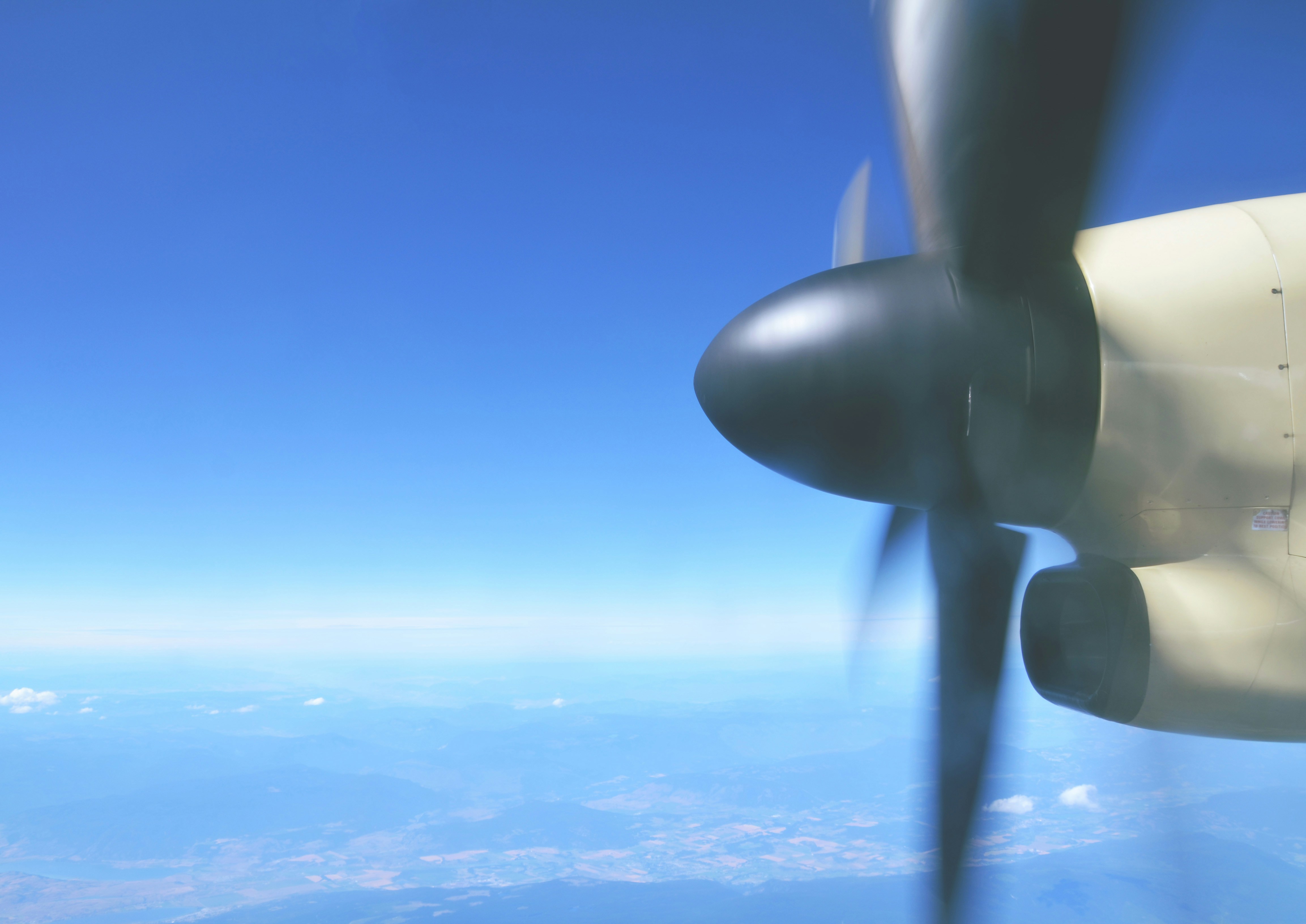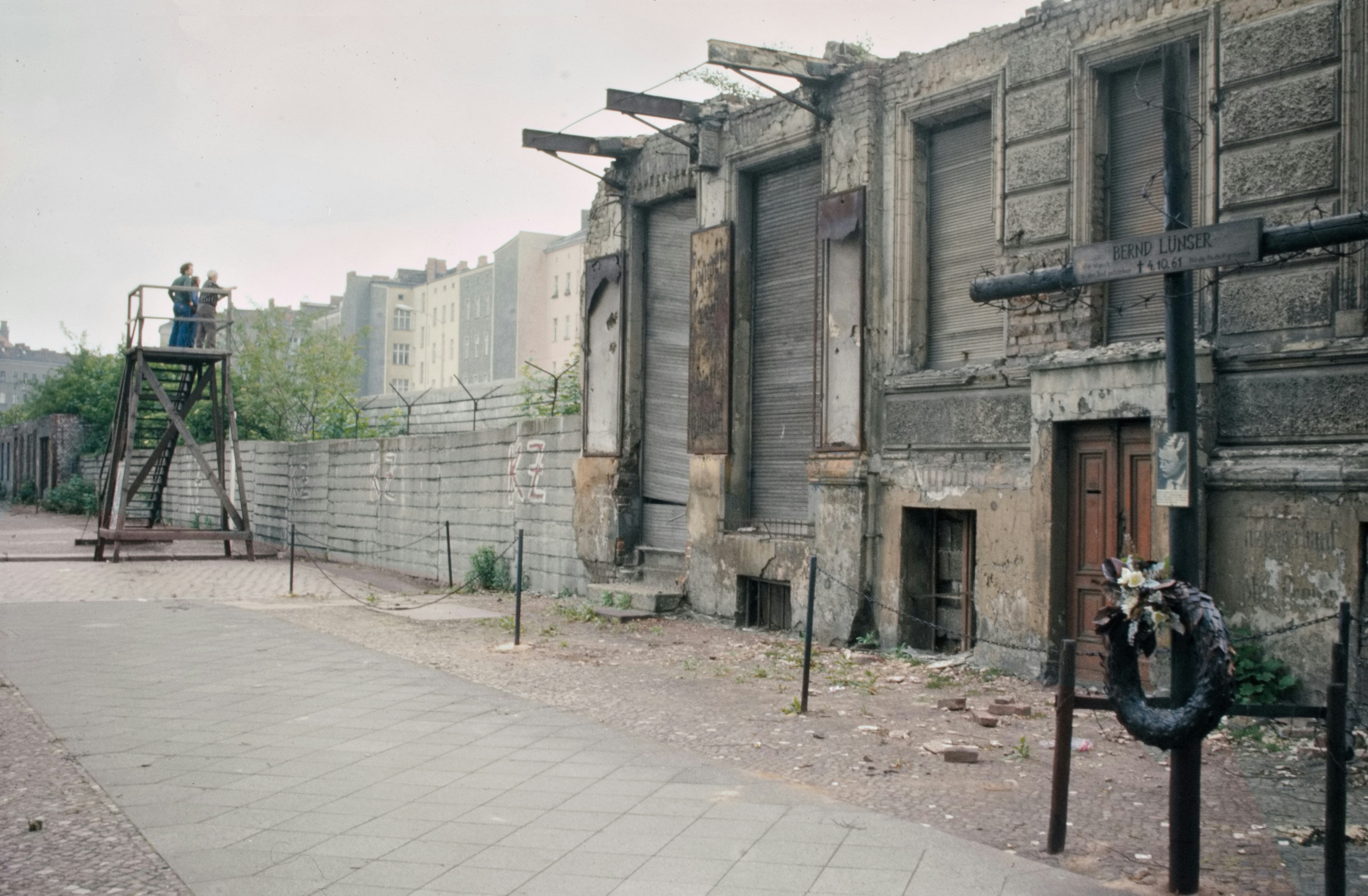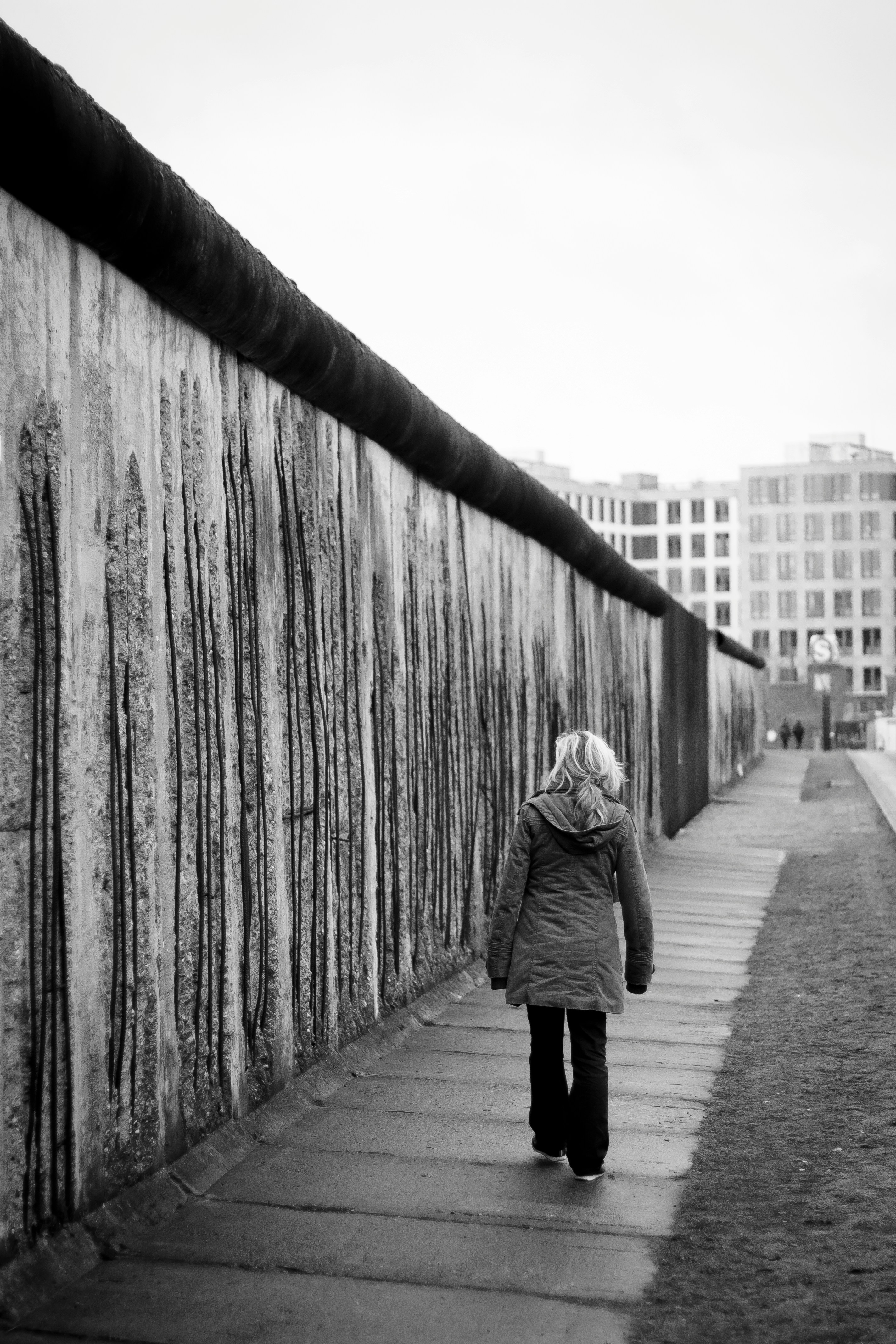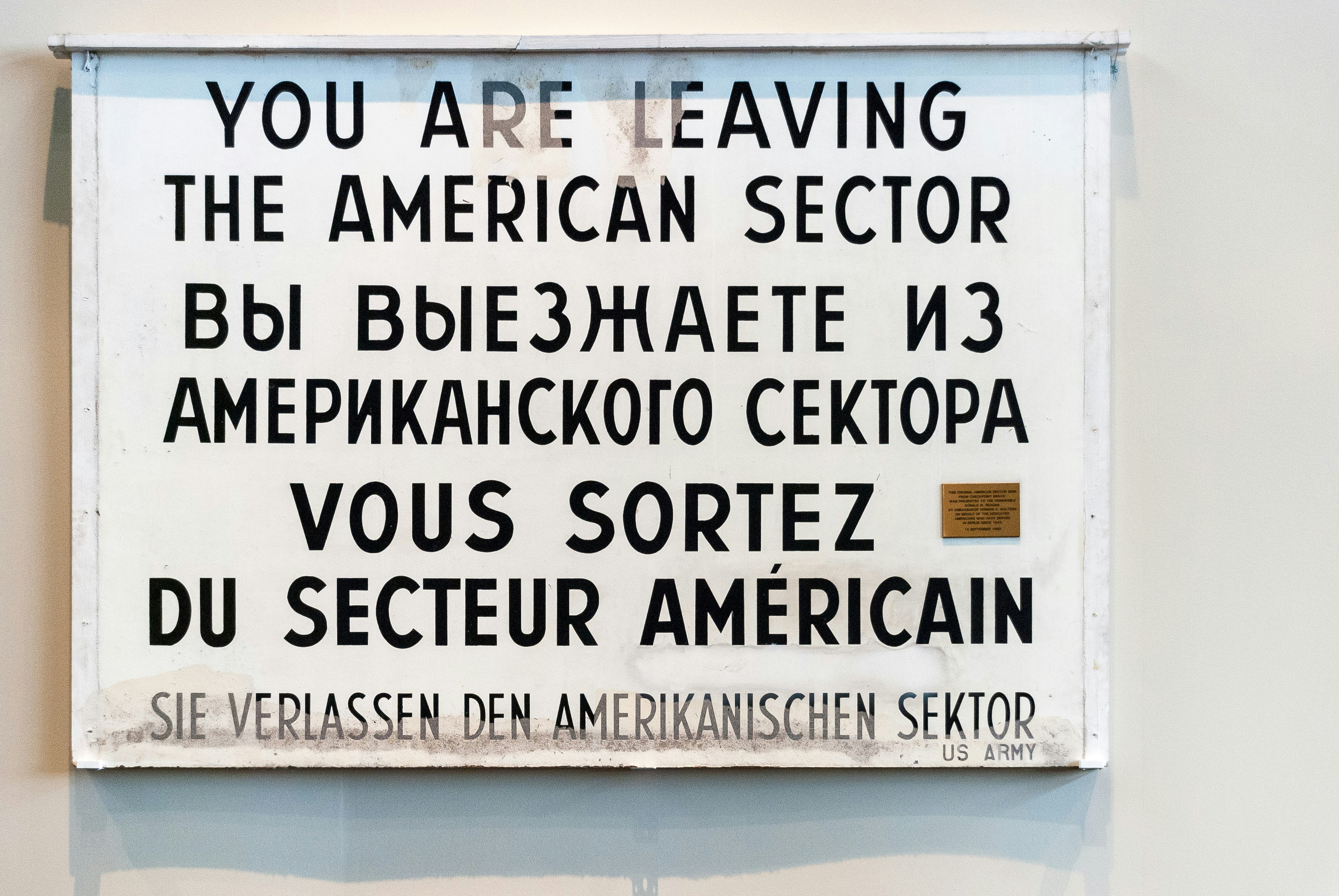When I read that today was the 76th anniversary of the Berlin Airlift, I must admit my mind was a little short on details. One of the perks of writing this blog is that I get to study events in history and then share what I have learned.
Three of my last four blog posts have been light-hearted as I regaled you with details of my recent trip to the Outer Banks of North Carolina. It was a fun trip and I enjoyed sharing my memories and photographs with you; however, it is time for me to return to real life with my blog and other aspects of my life.
I learned a lot about the Berlin Airlift so I could blog about it today. If you, like me, were born after 1948, you maybe never studied mid-20th century history when you were in school.
Background
At the Potsdam Conference at the end of World War II, it was agreed that Germany would be divided into four parts for the country’s transition into a post-war economy and government. The United States, Great Britain, France, and the Soviet Union were designated to occupy the four sectors. The city of Berlin, which sits in the center of Germany, was also divided into four sectors with the same plan for occupation.
The Russian sector covered the eastern half of Berlin and the other three countries split up the western half.
Under the plan, it was the responsibility of the Allied countries to support the German people in their designated sectors with food, medical supplies, and fuel until Germany could recover from its defeat in the war.
Berlin was in the middle of the Soviet-controlled sector of the country. In hindsight it is easy for me to see that this situation had trouble written all over it, but I must be reminded that the Soviet Union, France, Great Britain, and the United States were allies in World War II. That is difficult to get my mind around, since I grew up during the so-called “Cold War” of the 1950s and 1960s.
The straw that broke the camel’s back
The United States, Great Britain, and France introduced a new currency – the Deutschmark – in an effort to revive the German economy. The Soviet Union balked at the proposal because it wanted to continue to bring Germany to its knees.
In response to the monetary proposal made by the Western Allies, the Soviet Union imposed a blockade of Berlin on June 24, 1948 after giving the Western Allies just 24 hours’ notice.
It was on that day, 76 years ago today, that the roads and waterways into Berlin were closed to American, British, and French access.
The Soviets wanted to starve West Berliners and through the very threat of starvation wanted to force West Berliners into coming across to the Soviet side.
The blockade meant that the Western Allies could no longer bring supplies in via roads or the rivers. For a while, East and West Berliners could freely move from one sector to another. Many of them needed to travel into the opposing sector for jobs.
But in October 1948 new regulations prohibited free movement. Seventy-one roadblocks were set up and everyone wishing to cross into or out of the Soviet-occupied sector was searched.
The solution
The solution to the Soviet-imposed blockade was the Berlin Airlift. The Germans called it Luftbrücke which translates into English as “airbridge.”
I have found conflicting statistics about the Berlin Airlift, which lasted until the blockade was lifted on May 12, 1949. Allied planes were constantly landing around-the-clock at airfields in Berlin. One source said it was every three minutes, and another source said at its busiest a plane was landing every 45 seconds.
It was described as a constant noise, but it was a noise that reminded Berliners that they had not been abandoned by the United States, Great Britain, or France when the Soviet Union left them out to dry. They were not at the mercy of the Soviet Union.
It is said that the airlift brought more than food, medical supplies, and fuel into Berlin. Perhaps most importantly, it brought Berliners hope. The Berliners did not just sit idly by waiting for help. More than 10,000 of them worked at the airfields in various support positions to keep the airlift running as smoothly as possible.
The North Atlantic Treaty Organization (NATO) was created on April 4, 1949, which sent a strong message to the Soviet Union and, no doubt, prompted an end to the blockade five weeks later.
After the Berlin Airlift
West Germany was established as a democratic state two weeks after the end of the Berlin Airlift. Soon thereafter, East Germany was created.
For those of you too young to remember and who have not studied post-World War II world history, West Germany continued to exist as a free country and East Germany existed as a communist country until the reunification of Germany on October 3, 1990.
East Germany had to put a stop to East Germans fleeing to West Berlin. The Berlin Wall went up literally overnight on August 12, 1961 and encircled West Berlin until 1989. Overnight tens of thousands of West Berliners lost their jobs in East Berlin because the wall could not be crossed.
The Berlin Wall was a series of concentric barriers – a concrete wall with guard towers, anti-vehicle trenches, beds of nails and barbed wire. It was rare for anyone to successfully cross the wall. At least 171 people were killed trying to escape East Berlin.
The tearing down of the Berlin Wall
On November 9, 1989 the East German Community Party announced new policies regarding border crossings and the gates were opened.
People took picks and hammers and started tearing down the concrete wall. Bulldozers pushed down sections of the wall until it was gone.
After 44 years, Berlin once again became one city. And Germany was finally once again one sovereign country.
In conclusion
This is a condensed version of what happened and all sources do not agree on every date. If you wish to do your own research, there are many books that offer the details and idiosyncrasies of the airlift. Check the public library and the internet for a list of reputable sources.
Until my next blog post
Thank you for taking the time to read my blog today.
My next blog post will be on July 1. June just flew by!
I hope you have a good book to read – one that you don’t want to put down!
Value the time you have with friends and family.
Remember the people of Ukraine.
Janet






Remembering historical events should give us perspective and respect for those who have paved the way for us.
LikeLiked by 1 person
The Soviets are nothing if not consistent.
LikeLiked by 1 person
Definitely!
LikeLiked by 1 person
Yes, it should. It’s concerning that so many people today don’t know much history.
LikeLiked by 1 person
History is fascinating! How different life was just 76 years ago… phenomenal article Janet, so much information, it’s wonderful.
LikeLiked by 1 person
You always point at interesting subjects and make leave what I’m doing till I finish reading your posts.😍😍😍
LikeLiked by 1 person
Awwww! What a nice thing to say, Laleh! Thank you. I feel the same about your posts — always something interesting.
LikeLiked by 1 person
Thank you, Francis. Yes, the changes in Germany in my lifetime… unbelievable! And I’m afraid the younger generations aren’t aware of what happened in Germany… and what could happen anywhere.
LikeLiked by 1 person
That is so true Janet, and at the rate the majority of them are going, they will never know or even care. They are growing up in a completely different world than our world of the 20th Century. One lamentable fact is that they think their world is actually better and that it is only for them… All the best Janet and a great Wednesday to you!
LikeLiked by 1 person
Well said, Francis.
LikeLiked by 1 person